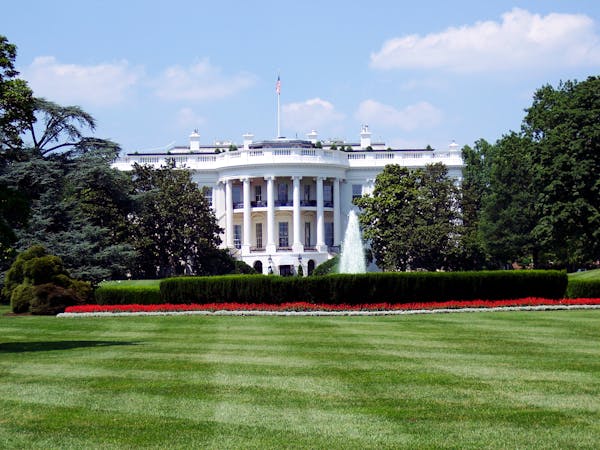In an ongoing effort to make higher education more affordable and transparent, the White House has launched a new initiative aimed at eliminating “junk fees” that burden students and their families. These hidden costs, often embedded in student loans and university expenses, can significantly increase the financial strain on those pursuing a college education. The Biden administration’s crackdown comes as part of a broader effort to address rising tuition and improve access to affordable higher education.
What Are ‘Junk Fees’?
Junk fees refer to unnecessary, nontransparent costs that are often tacked onto student loans or included in various college-related expenses. These can range from unclear loan origination fees to unexpected service charges in tuition bills, often catching students off-guard and adding thousands to their total education costs over time. While these fees are sometimes small individually, they can accumulate, making already expensive student loans even more burdensome.
For many students, these hidden fees contribute to long-term debt that takes years, if not decades, to pay off. According to estimates, Americans owe nearly $1.8 trillion in student loan debt, and the added weight of junk fees can make it even harder to pay down principal balances.
Key Targets of the Initiative
The Biden administration has identified several areas where junk fees are particularly prevalent and has committed to reforming these practices. The key targets include:
- Student Loan Origination Fees: These are fees that borrowers are charged simply for taking out a federal student loan. Though often described as administrative costs, critics argue that they are unnecessary and disproportionately harm low-income borrowers. The White House aims to reduce or eliminate these fees to provide immediate relief for students taking on loans.
- Late Payment Penalties and Loan Servicing Fees: Some loan servicers impose excessive penalties for late payments or add unexpected fees during the loan repayment process. By introducing stricter regulations on loan servicers, the administration hopes to make the repayment process fairer and more predictable.
- College Service Fees: On the institutional side, some colleges charge additional fees for essential services like registration, transcript requests, or student activities, which are often not clearly disclosed at the outset. This can inflate the overall cost of attendance, especially for those already struggling with tuition and living expenses.
- Mandatory Campus Fees: Many universities bundle a variety of services into mandatory campus fees, including athletic programs, recreation centers, and technology fees. The White House aims to push colleges toward more transparent billing practices, where students have a clearer understanding of what they are paying for and how those fees support their education.
Impact on Students and Families
By targeting these junk fees, the Biden administration seeks to alleviate some of the financial stress students face as they pursue higher education. Removing or reducing these hidden costs could make college more accessible for low- and middle-income families, who often face the brunt of these extra charges.
For current and future borrowers, these changes could also mean lower overall debt burdens and more manageable repayment plans. By curbing the exploitative practices of some loan servicers and institutions, the government aims to create a fairer and more transparent financial landscape for students.
A Part of Broader Education Reform
The crackdown on junk fees is part of a larger effort by the Biden administration to reform the U.S. education system. Alongside this initiative, the White House has also been working on measures to simplify the Free Application for Federal Student Aid (FAFSA), increase Pell Grant funding, and provide more options for debt relief and forgiveness for those struggling with student loan repayment.
As part of its commitment to address student debt, the administration has already forgiven billions of dollars in loans for borrowers working in public service and for students defrauded by predatory for-profit colleges. These efforts align with the administration’s broader vision to make education a pathway to upward mobility, rather than a source of lifelong debt.
Moving Forward
While the crackdown on junk fees has been met with support from many advocates for student borrowers, some critics argue that more comprehensive reforms are needed. They point to rising tuition costs and the ongoing student debt crisis as issues that require deeper structural changes.
Nonetheless, the White House’s focus on reducing hidden costs in student loans and higher education marks an important step toward easing the financial burden for millions of Americans. As the initiative moves forward, students and their families can expect greater transparency, fewer surprise fees, and a more affordable path to achieving their academic goals.
In a time when higher education is more crucial than ever for economic mobility, the Biden administration’s efforts aim to ensure that students are not unfairly burdened by deceptive costs. With these measures, the government is taking significant steps to make the pursuit of a college degree a more equitable and manageable endeavor.
4o



